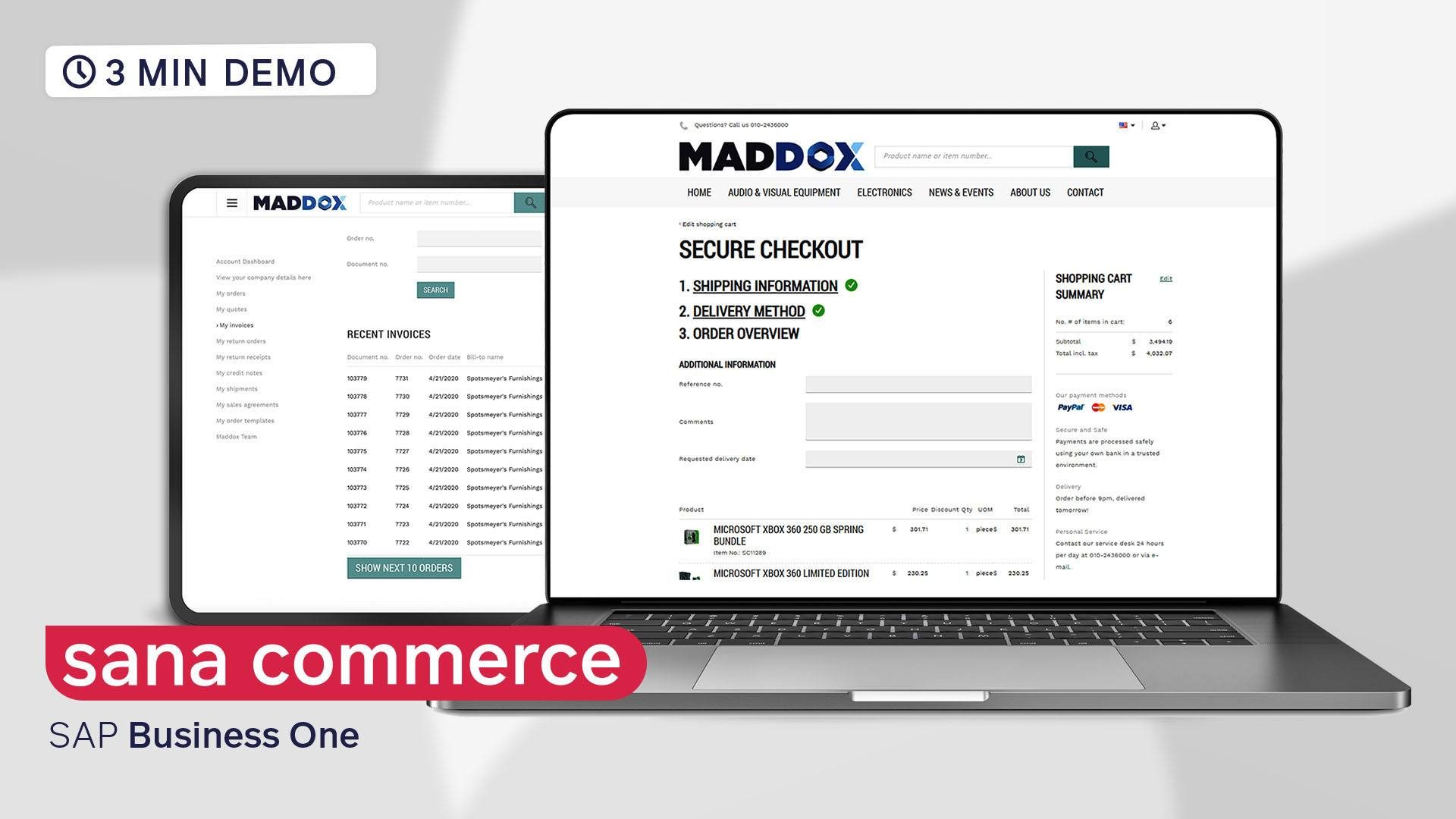


So, the second approach & the little bit better approach which was used to follow is to maintain the Company Code(BUKRS) & Sales Organization(VKORG) in the Customized Table(Z/Y table) and fetch the corresponding value maintained from the Customized Table. The above approach was little bit difficult – if any changes come in future, as it was time consuming for the developer to do analysis first & do the changes – if the change was done at multiple places.
#SAP BUSINESS ONE VS SAP ECC CODE#
Lets say you want to add a condition based on the particular Company Code(BUKRS) & Sales Organization(VKORG) and execute some functionality, this was achieved by simply doing the hardcoding in IF ELSE condition & achieve the functionality to work for a particular Company Code & Sales Organization – & this was handled in program itself, which is the traditional approach.The following below are the approaches followed when SAP BRF+ was not into existence or when the developer was not aware of SAP BRF+/BRFplus.So, It is very much important to understand how it was handled earlier, before we get into SAP BRF+/BRFplus.Before BRF+ came into existence, still the business was running right ?.It is a part of SAP NetWeaver ABAP stack.The most important ones are the changes in output management for Billing and Purchasing. BRF+ is not new and even not directly related to SAP S/4HANA, but with the release of SAP S/4HANA 1610, BRF+ gained more attention since it is launched as the go-to solution for some business processes.The generated Business Rules can be incorporated into other SAP programs or Substitution/Validation rules.It enables you to define business rules without the need of writing ABAP code.BRF+ stands for Business Rule Framework Plus which provides a comprehensive application programming interface and user interface for defining business rules.


 0 kommentar(er)
0 kommentar(er)
